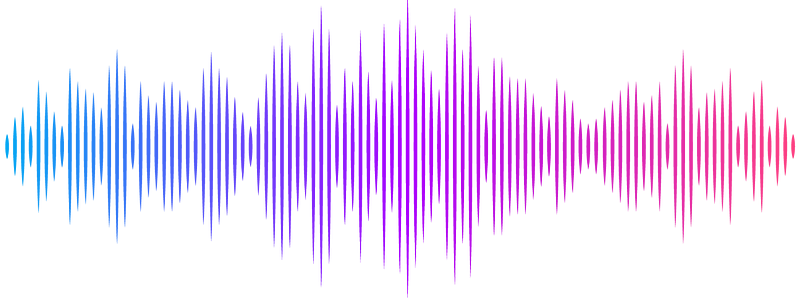Discovery of a novel antifungal compound, ilicicolin K, through genetic activation of the ilicicolin biosynthetic pathway in Trichoderma reesei

Discovery of a novel antifungal compound, ilicicolin K, through genetic activation of the ilicicolin biosynthetic pathway in Trichoderma reesei
Burger, I.; Schmal, M.; Peikert, K.; Fourtis, L.; Suster, C.; Stanetty, C.; Schnalzer, D.; Birner-Gruenberger, R.; Mach, R. L.; Mach-Aigner, A. R.; Schittmayer, M.; Zimmermann, C.
AbstractIn the quest to discover novel antifungal agents and new antifungal production processes, we investigated the biosynthetic gene cluster (BGC) for ilicicolin H in the fungus Trichoderma reesei. While the BGC is silent under standard cultivation conditions, we achieved to activate it by over-expressing its transcription factor TriliR. Successful BGC activation was confirmed by RT-qPCR, proteomic and metabolomic analyses. Metabolomic profiling upon BGC expression revealed high-yield production of the supposed main product ilicicolin H. To elucidate the functionality of this BGC, we employed a combination of overexpression and deletions of individual biosynthetic gene cluster constituents. Deletion of triliA, encoding for the core polyketide synthase TriliA, completely ceased product formation, as expected. In contrast to previous heterologous expression experiments, we could demonstrate that the epimerase TriliE is necessary for the formation of Ilicicolin H in the native host. While we hardly observed any of the previously reported side-products associated with heterologous ilicicolin H expression, we discovered a novel member of the ilicicolin family using a metabolomic molecular networking approach. This new compound, which we termed ilicicolin K, is expressed in substantial amounts in the genetically engineered Trichoderma reesei, enabling us to elucidate its structure by NMR. The structure of ilicicolin K is similar to that of ilicicolin H but differs by an additional hydroxylation and an intramolecular etherification of the hydroxyl group at the pyridone towards the tyrosine moiety of the molecule. Initial tests of ilicicolin K showed antifungal activity against Saccharomyces cerevisiae and Aspergillus nidulans with a similar minimum inhibitory concentration as ilicicolin H.


